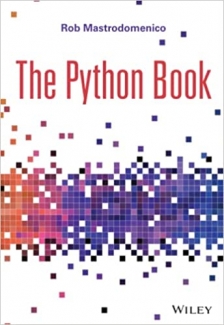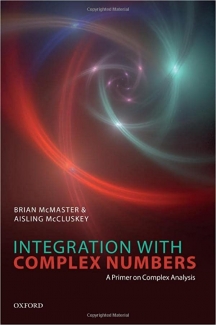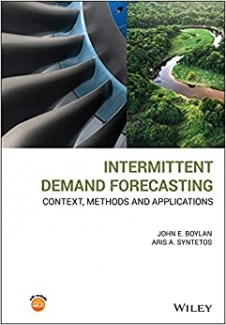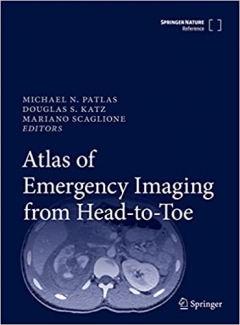جلد سخت سیاه و سفید
Product details
- Publisher : Cambridge University Press; New edition (April 14, 2022)
- Language : English
- Hardcover : 150 pages
- ISBN-10 : 1108845959
- ISBN-13 : 978-1108845953
کتاب The Mordell Conjecture: A Complete Proof from Diophantine Geometry (Cambridge Tracts in Mathematics, Series Number 226)
The Mordell conjecture (Faltings's theorem) is one of the most important achievements in Diophantine geometry, stating that an algebraic curve of genus at least two has only finitely many rational points. This book provides a self-contained and detailed proof of the Mordell conjecture following the papers of Bombieri and Vojta. Also acting as a concise introduction to Diophantine geometry, the text starts from basics of algebraic number theory, touches on several important theorems and techniques (including the theory of heights, the Mordell–Weil theorem, Siegel's lemma and Roth's lemma) from Diophantine geometry, and culminates in the proof of the Mordell conjecture. Based on the authors' own teaching experience, it will be of great value to advanced undergraduate and graduate students in algebraic geometry and number theory, as well as researchers interested in Diophantine geometry as a whole.
منابع کتاب کتاب The Mordell Conjecture: A Complete Proof from Diophantine Geometry (Cambridge Tracts in Mathematics, Series Number 226)
حدس موردل (قضیه فالتینگز) یکی از مهمترین دستاوردها در هندسه دیوفانتین است که بیان می کند منحنی جبری از جنس حداقل دو دارای نقاط عقلی بسیار محدودی است. این کتاب اثبات مستقل و مفصلی از حدس موردل پس از مقالات Bombieri و Vojta ارائه می دهد. همچنین به عنوان مقدمه ای مختصر برای هندسه دیوفانتین، متن از مبانی نظریه اعداد جبری شروع می شود، چندین قضیه و تکنیک مهم (از جمله نظریه ارتفاعات، قضیه موردل-ویل، لم سیگل و لم راث) از دیوفانتین، لمس می شود. و در اثبات حدس موردل به اوج خود می رسد. بر اساس تجربه تدریس خود نویسندگان، برای دانشجویان پیشرفته کارشناسی و کارشناسی ارشد در هندسه جبری و تئوری اعداد ارزش زیادی خواهد داشت.
































ارسال نظر درباره کتاب The Mordell Conjecture: A Complete Proof from Diophantine Geometry (Cambridge Tracts in Mathematics, Series Number 226)